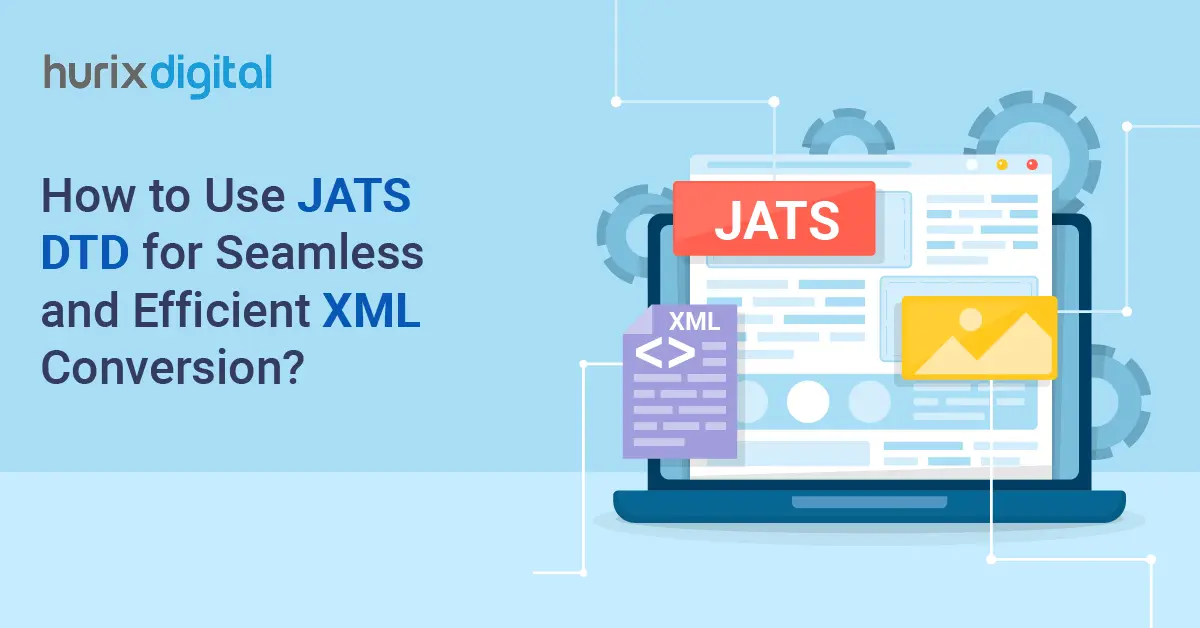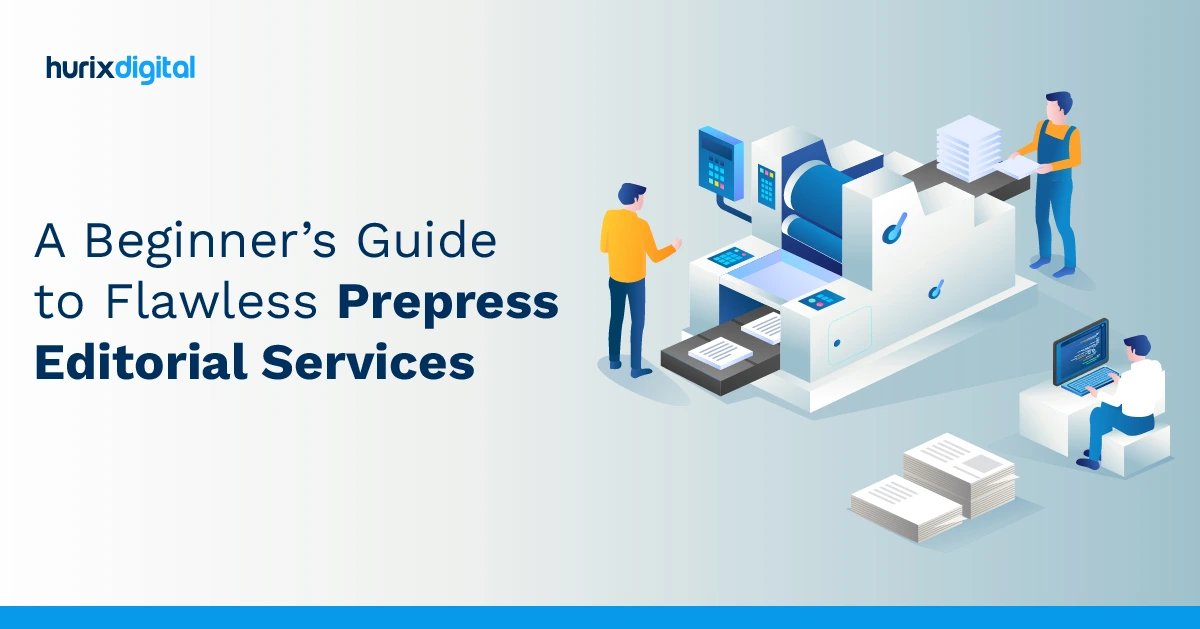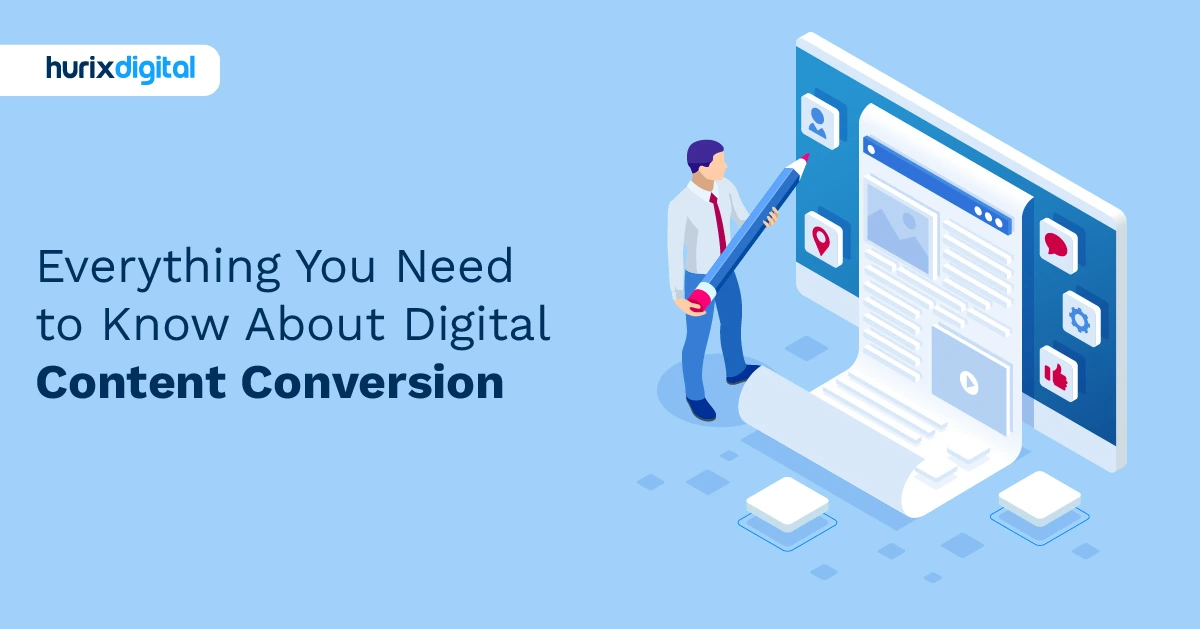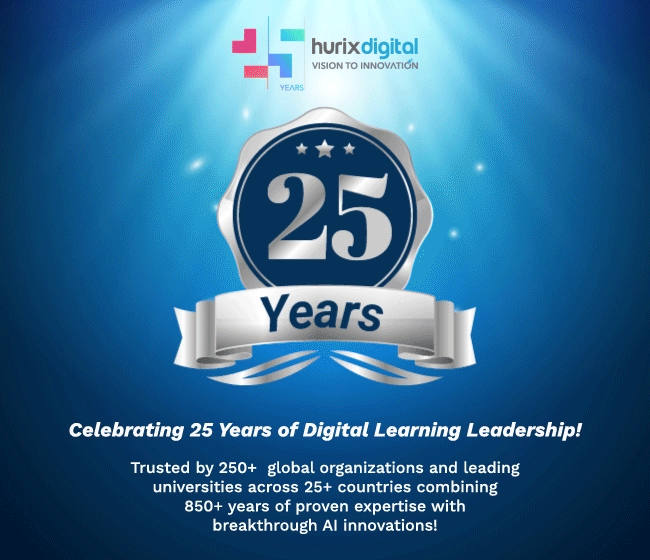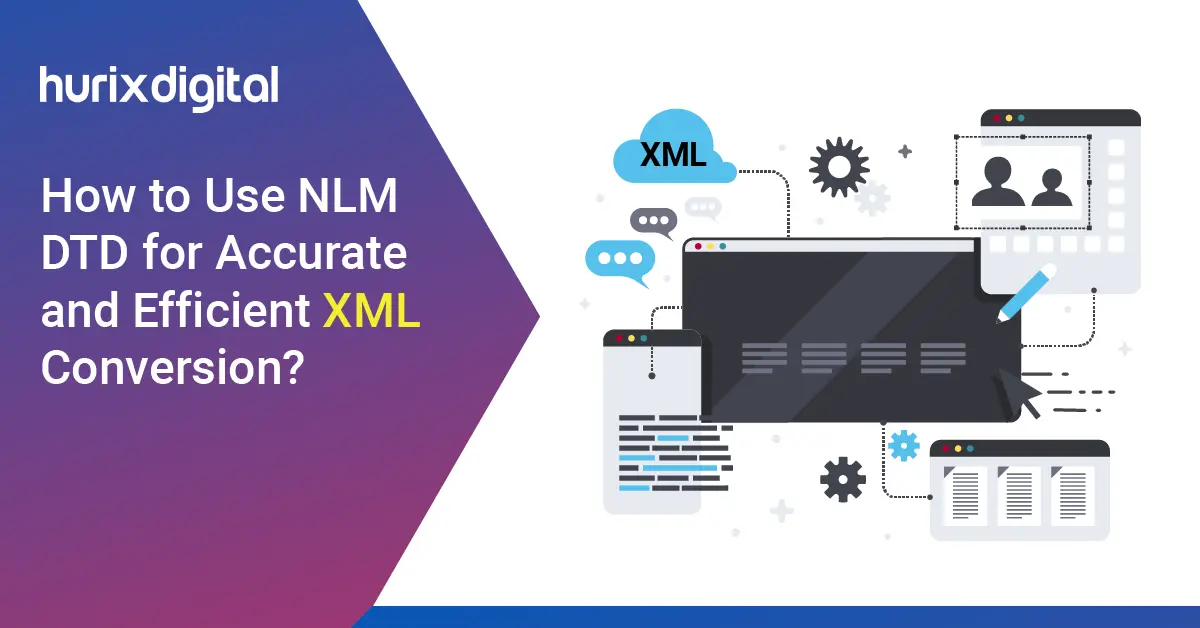
How to Use NLM DTD for Accurate and Efficient XML Conversion
Summarize with:
In the current digital era, effective data management and efficient document conversion are vital across various industries. A crucial tool for ensuring accurate and efficient XML conversion is the National Library of Medicine Document Type Definition (NLM DTD). This DTD supplies a standardized framework for XML tagging, effortless system integration, and facilitating consistent data processing.
Here, we’ll get into effectively using the power of NLM DTD and its associated XML conversion services to optimize data transformation and document conversion.
Table of Contents:
- Understanding NLM DTD and XML Conversion
- Benefits of XML Conversion with NLM DTD
- Leveraging NLM DTD for Efficient XML Conversion
- Partner with Hurix Digital for XML Conversion Services
- Conclusion
Understanding NLM DTD and XML Conversion
NLM DTD is the semantics of XML documents used in the biomedical field and a specialized set of rules defining the structure. It ensures adapting to a standardized format, data interchange across different systems and platforms, and enabling effective communication.
Implementing NLM DTD in XML conversion services offers effortless integration and accessibility and accurately converts diverse data sources into a structured XML format.
Also Read: How to Use JATS DTD for Seamless and Efficient XML Conversion?
Benefits of XML Conversion with NLM DTD
1. Consistent XML Tagging
NLM DTD provides a comprehensive set of guidelines and predefined tags tailored to the biomedical domain. This dependability facilitates analysis, retrieval, and efficient data processing, which is vital in maintaining the integrity of biomedical information. These standardized tags assure accurate and consistent XML tagging, preserving the original meaning and context of the converted documents.
2. Accurate Data Processing
NLM DTD ensures that XML conversion tools handle data accurately, maintaining information integrity during transformation. Properly tagged XML documents enable robust data extraction, facilitating advanced search capabilities and precise data analytics. This accuracy is vital in the biomedical field, where reliable and precise information is paramount.
3. Seamless Integration
XML conversion services using NLM DTD ensure the seamless integration of converted documents into existing systems and workflows. Consistent XML tagging allows transformed data to be easily integrated with databases, content management systems, and other applications, streamlining information exchange and enhancing overall operational efficiency.
4. Efficient Data Transformation
NLM DTD offers a structured framework that simplifies data transformation. XML conversion tools compliant with NLM guidelines can handle complex data structures and transform them accurately into the desired XML format. This efficiency reduces manual effort and minimizes errors, resulting in improved productivity and data quality.
Leveraging NLM DTD for Efficient XML Conversion
1. Understand the NLM DTD Guidelines
Familiarize yourself with the NLM DTD guidelines and specifications. These guidelines provide insights into the required XML structure and the appropriate use of tags for different types of biomedical data. An in-depth analysis of these guidelines is vital for accurate and efficient XML conversion.
2. Utilize XML Conversion Tools
Choose XML conversion tools that support NLM DTD. These specialized tools are built to manage the complexities of biomedical data, ensuring accurate conversion according to NLM DTD standards. Choose a tool that fits your specific conversion needs.
3. Validate XML Documents
Check XML documents against the NLM to make sure they follow the standard structure. XML validation tools can confirm the accuracy and consistency of XML tags, ensuring the converted documents meet the required standards.
4. Optimize Data Transformation
Consider specific data transformation requirements during XML conversion. Some XML conversion tools offer options for customized data transformation, allowing you to tailor the output to your specific needs. This flexibility enables efficient handling of complex data structures and enhances the overall accuracy of converted XML documents.
Partner with Hurix Digital for XML Conversion Services
For accurate and efficient XML conversion, partnering with an expert service provider can significantly simplify the process. Hurix Digital offers comprehensive XML conversion services leveraging the power of NLM DTD and employing advanced technologies for accurate data transformation. Their team of professionals ensures seamless integration of XML documents into existing systems, streamlining workflows and improving operational efficiency.
Also Read: Understanding the Importance of Parsers in XML
Conclusion
Using the NLM DTD for XML conversion is crucial for accurate and efficient data transformation in the biomedical field. By following NLM DTD guidelines and using specialized XML conversion tools, organizations can ensure consistent XML tagging, accurate data processing, and smooth integration with existing systems. Whether you’re in medical research, publishing, or any other biomedical area, leveraging NLM DTD will improve document conversion processes and enhance data management.
When it comes to XML conversion, the NLM DTD is your go-to framework for accurate and efficient document conversion. Embrace it, leverage it, and experience the power of seamless data transformation in the world of XML.
Looking for accurate and efficient XML conversion solutions? Explore the XML conversion services offered by Hurix Digital today to transform your data seamlessly.
Schedule a quick call to learn more about their XML conversion expertise and how they can assist your organization in achieving optimal results.
Summarize with:

A Senior Project Manager at Hurix Digital in Chennai, Gomathi brings robust experience in delivering complex digital learning and content transformation projects. She excels in coordinating cross-functional teams, ensuring timeline adherence and quality, and driving client satisfaction through meticulous project delivery and stakeholder engagement
 We’re live! Explore the all-new
We’re live! Explore the all-new 

